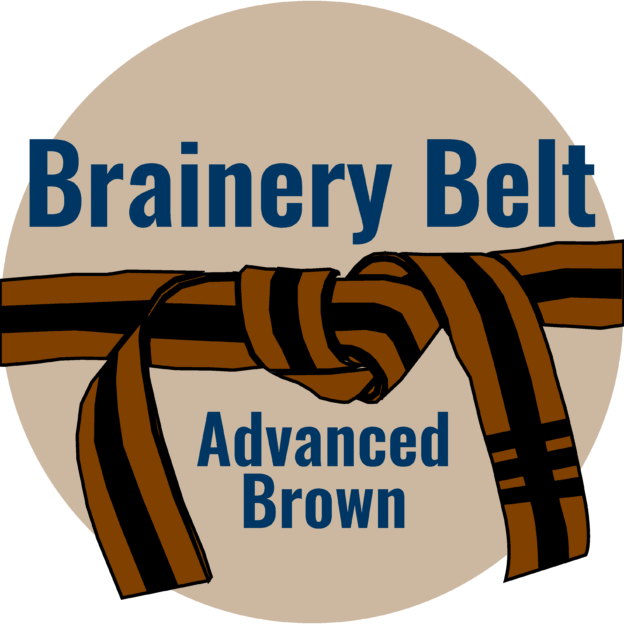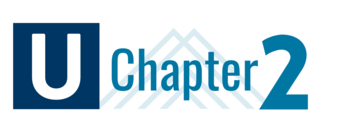
David Cutler
Member
Forum Replies Created
-
Points: 31,114Rank: UC2 Brainery Advanced Brown Belt III

I’ve had good luck saving PDFs as Word documents and then copying the text I need from there. I can’t say that I’ve ever tried it with a drawing though…
-
Points: 31,114Rank: UC2 Brainery Advanced Brown Belt III

@apssales if it is the “Tool Chest” pane that you are looking to remove the “Comment” column from you could narrow up the pane by hovering your cursor over the joint between the Tool Chest and the document and then left click, hold and drag left. This would work, unless you are looking to see the “Label” column.
Another option, if you have multiple monitors is to “Un-Dock” the Tool chest and move it to another monitor. To do this simply click on the Toolbox icon and drag it somewhere else. You can then close the side panel display completely making the area where you PDF is displayed even larger.
A bonus tip is to un-dock the markup list. This frees up a tremendous amount of space at the bottom of the screen. My standard setup has the markup list on a completely different screen. To do this click on the markup list icon and drag it to another screen.
-
David Cutler
MemberJune 29, 2022 at 9:46 am in reply to: QR Codes or NFC links to drawings in BB Projects?Points: 31,114Rank: UC2 Brainery Advanced Brown Belt III
Interesting question @kbolen16
As I start many of my replies, I’m not very familiar with QR/NFC tags. I wonder though if you could set one up that would open a Dashboard in Revu that would then contain the links to the files that you want people to access. Others on here have significant experience with Dashboards and hopefully will chime in with ideas.
Might also be helpful to know who your target end user is – specifically internal vs external – as there may be security issues and such.
-
Points: 31,114Rank: UC2 Brainery Advanced Brown Belt III

@Doug McLean you could try reaching out to Liz Larsen as I believe she posted recently that she is presenting.
-
Points: 31,114Rank: UC2 Brainery Advanced Brown Belt III

You get the honor of the first post @Vince !
I’m still at the office so I’ll keep by reply brief.
Looking forward to some interesting discussions.
Dave
-
Points: 31,114Rank: UC2 Brainery Advanced Brown Belt III

This might be worth trying @matt-hackman
1. Starting with a grid draw a series of 1 ft horizontal and vertical “sawcut” lines. Maybe start with a 10 X 10 grid
2. Select them all and group them together
3. Add this group as a custom tool
4. Paste this group over your area as needed
5. Select and ungroup your markup
6. Select the pieces that fall outside your cut demo area and delete them.
7. Select all again and group the remaining pieces.
A lot comes down to how accurate you want to be. You could work with 6” long segments or 5 ft. You could also extend or add filler pieces to dial it in.
-
Points: 31,114Rank: UC2 Brainery Advanced Brown Belt III

I tried this once I got in front of my computer this morning and it seems as if it could work well with some refinement @matt-hackman
A couple of additional notes:
1. Draw you sawcut gridlines in 1 ft (or smaller) segments of one perimeter measurement (polyline may work also). You can then “split all” to get the individual segments.
2. Draw you grid line once and then copy paste it to increase your grid size. Once you have a 10 ft x 10 ft grid copy that group and replicate it quickly to cover large areas.
3. Leave the bottom and right side piece out so that when you place your duplicate group next to it you don’t double up on the matching edge.
4. The “lasso” tool works great for selecting the segments that you want to remove (thank you @Vince for introducing me to this tool!), though it takes a bit of practice.
Curious to hear what everyone thinks of this idea/how it can be improved!😎
-
-
Points: 31,114Rank: UC2 Brainery Advanced Brown Belt III

Thank you for the clarifications @Vince
I’ll have to pay more attention to the layers the next time that I combine documents. Most of the PDFs I receive don’t have the native layers available. I wonder if perhaps this is the reason why?
-
Points: 31,114Rank: UC2 Brainery Advanced Brown Belt III

Very interesting question @Vince Unfortunately I don’t have much experience with Layers. My initial thought is that it may be as simple as a setting checkbox that indicates “preserve existing layers when combining” buried somewhere in the preferences – though you probably would have found this by now…
A couple of follow up questions:
1. Are you “overlaying” the pages from separate documents or simply adding another 10 pages to an existing document?
2. Are you using “sets”? (If so I’m probably of no use to you as I don’t use them.)
3. If you are using sets do you have the same issue if you simply combine two documents into 1 PDF file?
4. Is part of the issue that the layer names are the same in both documents?
Ready to watch to see what other post and learn from them… 😎🍿
-
Points: 31,114Rank: UC2 Brainery Advanced Brown Belt III

What are these “automated functions to import excel to quickly create tool symbols” that you speak of @troy-degroot ? This sounds interesting….
-
David Cutler
MemberJune 21, 2022 at 3:44 pm in reply to: Hyperlink with Snapshot – How to keep link if moving file to different locationPoints: 31,114Rank: UC2 Brainery Advanced Brown Belt III
I’ll preface this by saying that I don’t have experience setting up/updating links.
Are links classified as markups? If so, I wonder if you could display the link values in a column on the markup list. You then might be able to change them as a group?
-
Points: 31,114Rank: UC2 Brainery Advanced Brown Belt III

I usually find the answer to my questions about 5 minutes after I post them @Doug McLean 😎
I keep posting them though so others can learn. Thank you for posting your solution!
-
Points: 31,114Rank: UC2 Brainery Advanced Brown Belt III

Always good to start with the end in mind @Doug McLean
Seems as if I’ve heard someone say that before…😎
-
Points: 31,114Rank: UC2 Brainery Advanced Brown Belt III

@Roye it appears that there are two options to reply:
1. The “reply” button at the start of the thread
2. The “reply” button that pops up when you hover over a reply. This is what I used for this reply so it appears “indented”.
I hadn’t noticed this myself on other replies that I’ve made. Thank you for mentioning it!
Dave
-
Points: 31,114Rank: UC2 Brainery Advanced Brown Belt III

I think I may have a work around for you @Vince
I found that I have the same issue with some plot plans that I was working with yesterday. When I combined the 29 sheets the layer structure is there, but the layers only appear to be present on the first page of the PDF – they are grayed out on the other 28 pages.
So I tried this: I opened the 1st and 2nd sheets separately. I then copied the second sheet from the thumbnail view and switched back to the 1st sheet file. On the thumbnail screen I right clicked and pasted the second page into the file. This appears to have preserved the functionality of the layers. This would be a slow process with a project with 100’s of sheets, but it would get it done and preserve the functionality.
If you haven’t already done so I’d suggest reaching out to Bluebeam on this one. You may have found a bug that they haven’t come across yet…
Good luck!
